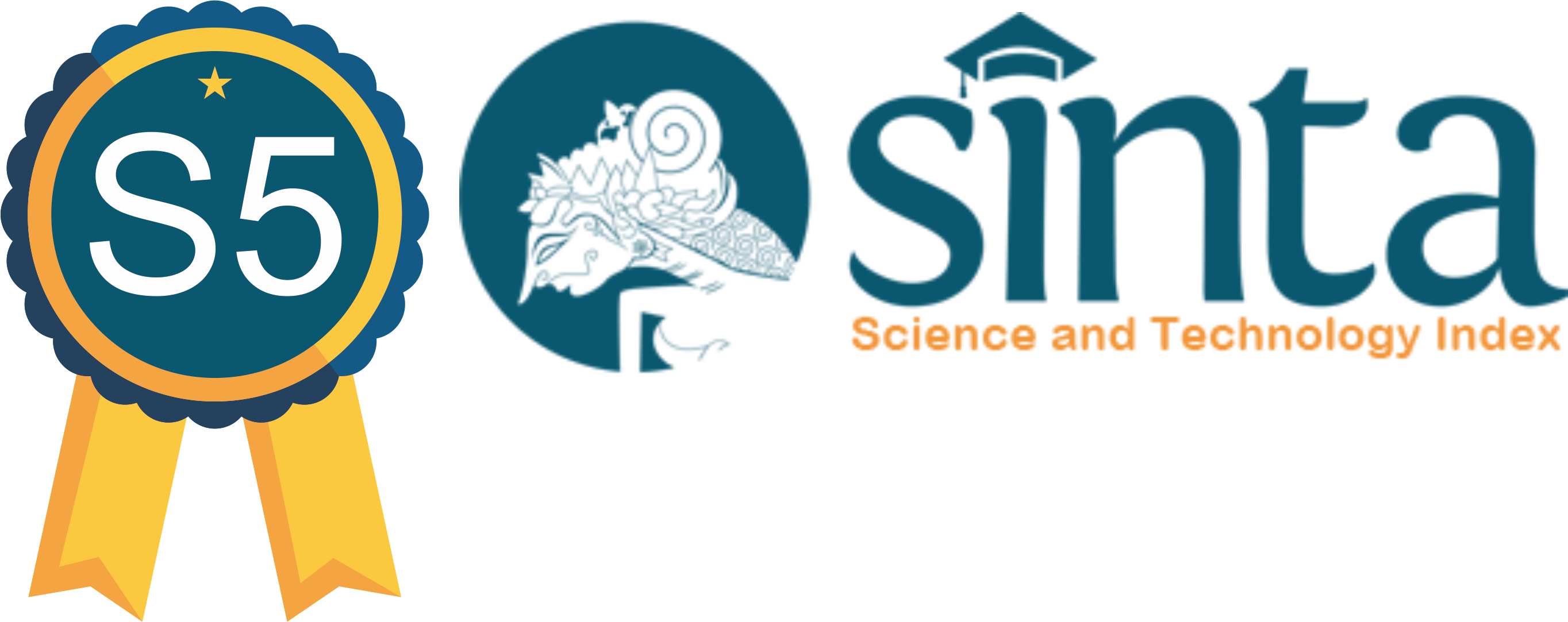College Students Media Multitasking Behavior
Abstract
Activities involving the use of several media simultaneously or alternately while working on a task are even better known as multitasking behavior in using media (media multitasking). This study aims to describe the behavior of multitasking in using media for students at the University of Nusa Cendana (Undana). The approach used is a quantitative approach with a descriptive research type. The data collection technique used the MMM-S Likert scale with the results of the measuring instrument trial showing the Cronbach alpha scale value of 0.856. The research respondents were 395 Undana students. The results of the study found that Undana students showed high multitasking behavior in using media because the empirical mean was greater than the hypothetical mean (40.17> 30), with a low category of 39 people, medium 132 people, and high as many as 224 people. Multitasking behavior in using the media is known to be 4.24 times more women respondents than men, in the age range 22-25 years, 1.64 times more than those aged 18-21 years, while based on where the respondents live in 1.32 times more households than living in a boarding house.
Downloads
References
Anggarini, DMD (2018). Encouragement and Cognitive Processes in Multitasking Behavior in Web Searching Users Among Students as Content Creators. (Doctoral dissertation). Airlangga University.
Aston, G., & Cohen, JD (2005). An integrative theory of locus coeruleus – norepinephrine function: Adaptive gain and optimal performance. Annual Review of Neuroscience, 28, 403–450. http://doi.org/10.1146/ annurev.neuro.28.061604.135709.
Baumgartner, SE, Weeda, WD, van der Heijden, LL, & Huizinga, M. (2016). The relationship between media multitasking and executive function in early adolescents. The Journal of Early Adolescence, 34 (8), 1120-1144.
Fatmawati Endang. (2017). Media Multitasking in the Digital Natives Era. National Library of the Republic of Indonesia. 24 (2), 6-15.
Jeong, Se-Hoon., & Fishbein, Martin. (2007). Predictors of multitasking with media: media factors and audience factors. Media Psychology. 10 (3), 364–84.
Koning, CJ, & Lourdes, O. (2014). Personal and situational determinants of multitasking at work. Journal of Personnel Psychology. 9(2), 99-103. http://doi.org/10.1027/1866-5888 /a000008
Marendha, GA, Susanto, TD, and Arifiana, IY (2016). The relationship between information technology multitasking and work productivity (Case study: its student). ITS Engineering Journal. 5(2), A794-A798.
Pito, AH (2018). Learning Media in the perspective of the Koran. Andragogy, Journal of Technical Training, 6 (2), 97-117.
Rosen, C. (2008). The myth of multitasking. The New Atlantis, Spring, 105-110. Retrieved from http://web.mit.edu/writing/2010/June/Rosen_
mythofmultitasking.pdf. accessed on 10 February 2020
Soldatova, G., Svetlana, C., & Anna, D. (2019). Features of media multitasking in school-age children. Behavioral Sciences. 9(130). 1-8. http://doi.org/10.3390 / bs9120130.
Thompson, WF, Graham, P. & Russo, FA (2005). Seeing music performance: Visual influences on perception and experience. Semiotica, 1 (4), 148-156.
Widhiarso, Wahyu. (2011). Psychological Scale Compilation: Finish Item Selection Followed by Assembling the Scale. Faculty of Psychology UGM.
Yeykelis, L ,. Cummings, JJ ,. & Reeves, B. (2014). Multitasking on a Single Device: Arousal and the Frequency, Anticipation, and Prediction of Switching Between Media Content on a Computer. Journal of Communication, 41(1), 102-127. http://doi.org/10.1111 / hcre.12042
Copyright (c) 2020 Maria Margaretha Kedjo, M.Dinah Ch Lerik, R.Pasifikus Christa Wijaya

This work is licensed under a Creative Commons Attribution-ShareAlike 4.0 International License.
Journal of Health and Behavioral Science (JHBS) is licensed under a Creative Commons Attribution-ShareAlike 4.0 International License. You are free to copy, transform, or redistribute articles for any lawful purpose in any medium, provided you give appropriate credit to the original author(s) and JHBS, link to the license, indicate if changes were made, and redistribute any derivative work under the same license. Copyright on articles is held by the authors. By submitting to JHBS, authors grant any third party the right to use their article to the extent provided by the Creative Commons Attribution-ShareAlike 4.0 International License.

 Maria Margaretha Kedjo(1*)
Maria Margaretha Kedjo(1*)








